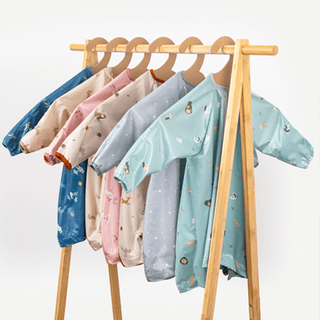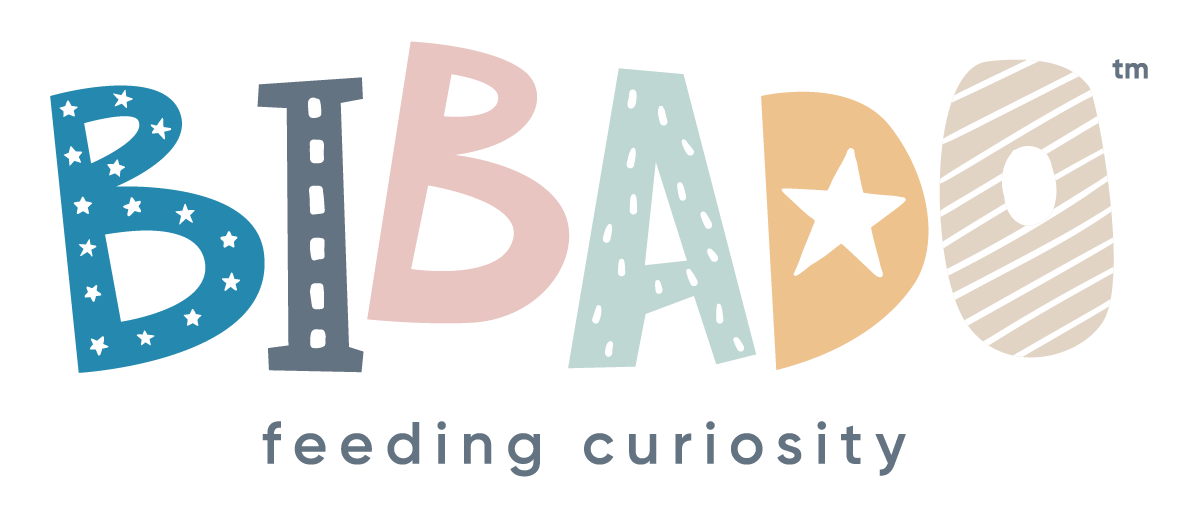Mealtime adventures are better with Bibado! Let our award-winning products make a difference to your weaning journey.
 Shop Now
Shop Now


Learning to use cutlery is a skill that most children will master eventually, with varying degrees of success as they grow and develop. While babies are often encouraged to begin feeding themselves with a spoon, it’s often not until around age seven that children are considered truly adept at using their knife, fork and spoon to scoop, cut, spear and spread food. Here, we look at how that learning process begins and what we can do as parents and caregivers to help babies in their first steps towards self-feeding using cutlery.

From Fingers to Fork: Introducing your Child to Cutlery
As a species, humans haven’t always used utensils to eat. Blades have been used as tools for hunting and cutting meat since the Palaeolithic times, but weren’t used as part of the eating experience until much later. The first spoons were carved from bone, shells or wood, and would originally have been used to serve food portions to individuals from a shared pan or dish. Of course, the original tools for bringing food to mouth are those most accessible and convenient to us; our hands! In many cultures, for example, in countries of Southeast Asia such as Malaysia, India or Sri Lanka, people still eat primarily with their hands to this day. Finger food is enjoyable in all sorts of situations, but there’s no denying that eating with fingers isn’t always the cleanest or most enjoyable way to consume every meal.

Where to begin?
Babies and toddlers love to learn, and are keen to get involved with feeding themselves from day one. Whether you opt for a purely baby-led weaning approach or a mixture of spoon feeding and letting your little one explore with their hands, the art of picking up a piece of food and successfully bringing it to the mouth can be tricky. Self-feeding utilises a range of developmental abilities, including mastering the pincer grip, hand-eye coordination and fine motor skills. You can help your little one make the transition from hand-feeding to using a spoon and fork to feed themselves in a variety of ways.
Set your child up to succeed:
Choose appropriate baby weaning cutlery: Ergonomically designed cutlery will be easier for babies to grip and manipulate to scoop or spear food.
Serve food that’s easy to eat: Fork-friendly options to start with should be pre-cut into small bite-sized pieces and soft enough to stab with a fork, for example, soft fruit, pasta, pancakes or French toast.
For spoon success, make sure to choose options that will stick to a spoon without sliding off, such as Greek yoghurt, mashed potatoes and thick purees or soups. We talk more about the best foods to start you little one’s eating journey in our blog post, Favourite Foods for Independent Feeding.
Bibado helps make mealtimes fun!
Thanks to Bibado, it’s now even easier for the very youngest of babies to get involved with feeding themselves and developing their independence at mealtimes. Child-development and parenting experts hailed our newest product, the Dippit™, as “the ultimate innovation in baby feeding”. This unique double-ended utensil allows little ones to dip or scoop food while using both hands. Babies can see the food on the dipper and develop their hand-eye coordination to bring it to their mouth, with parent assistance if needed. This means they are able to explore new tastes and textures independently, resulting in less frustration and more enjoyment of mealtimes. Find out more about the Dippit™ and how it can help make your weaning journey easier here.

Once your little one is ready to progress to a spoon and fork, our Handi Cutlery set is perfect for tiny hands! Like the Dippit™, Bibado Handi Cutlery is ergonomically designed with easy-grip handles to make mealtimes an enjoyable learning experience. Cleverly designed straps that attach to the Bibado weaning coverall mean that even if the cutlery slips from your baby’s grasp, it’s easy for them to pick up again, and you don’t end up trapped in the endless cycle of retrieving dropped spoons from the floor! Learn more about Handi Cutlery here.
Follow us for more delicious, nutritious bite-size Bibado goodness